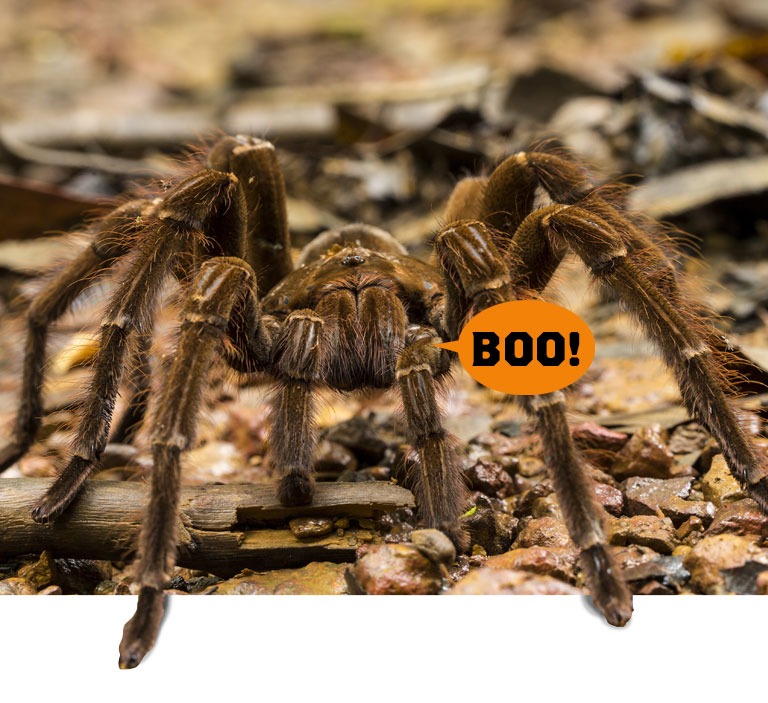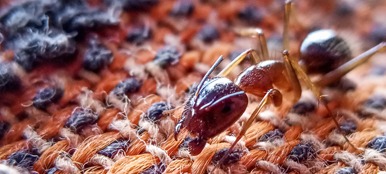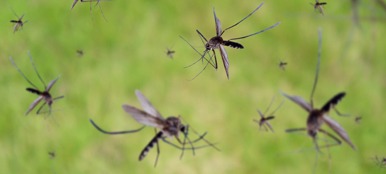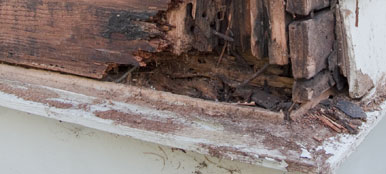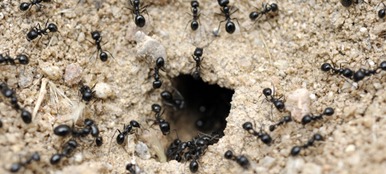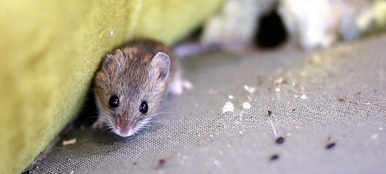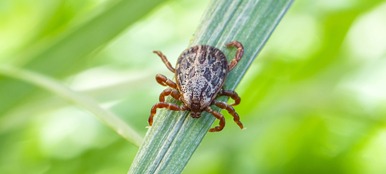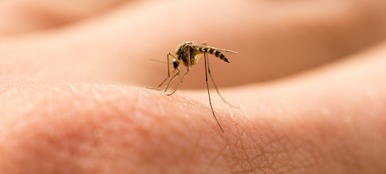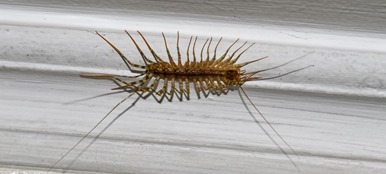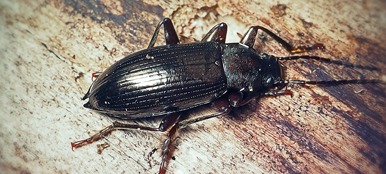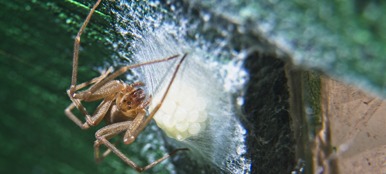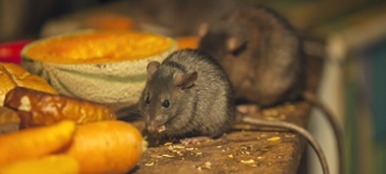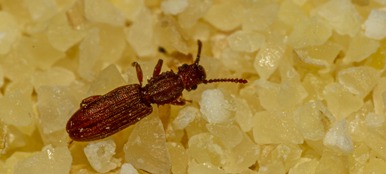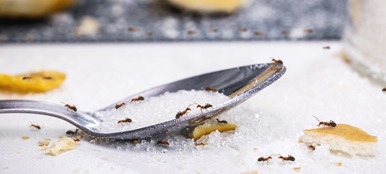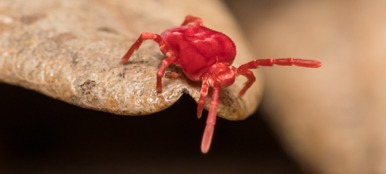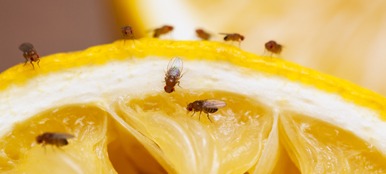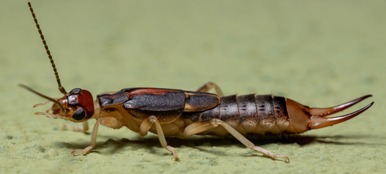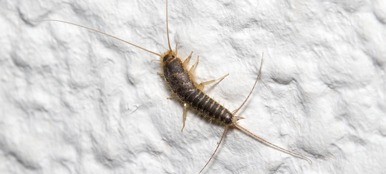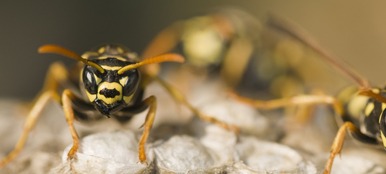Articles
Tiny Ants, Big Problem: Keeping Ants Out of Your Bedroom
We’ve all heard the saying, “ants in your pants,” describing someone who can’t sit still. Thankfully, it’s not a literal description. But what about ants in your home, even your […]
Scary Bugs & Creepy Insects From Around the World
Have you ever laid in bed at night, and as you’re just about to drift off to sleep you spot something out of the corner of your eye? Is it […]
Discover Natural Mosquito Repellents: Safe and Effective Protection
Summers are synonymous with outdoor fun. But with those long days and lightning-bug filled nights come the unwanted annoyance of mosquitos. Thankfully we have many options to protect ourselves from […]
Protect Your Furry Friend: Preventing Mosquito-Borne Diseases in Dogs
If you are a dog owner, chances are they are far more than a pet – you consider them family. That’s why you do everything you can to protect them […]
Defend Your Home Against Mosquito-Borne Diseases: Our Expert Guide
Mosquitos are tiny pests that deliver a significant threat. Not just the welts left by their bites, which are annoying and uncomfortable. Mosquitos pose a public health threat due to […]
Harness Nature’s Power: Using Plants as Natural Mosquito Repellents
As many of us have experienced, mosquitos are more than just a nuisance. They can spread diseases and even one mosquito bite can have you itching for days, turning your […]
Mosquito Bite Allergies: Symptoms, Treatments, and How to Prevent Them
We understand the nuisances and potential health threats posed by mosquitos. As a professional mosquito control company, we see it every day in our work. Mosquitos are not just annoying […]
How to Recognize Signs of Termites in Your Home
Let’s explore some of the common signs of termite infestations and what you can do to protect your home from a termite problem.
Ant Colony Structure, Organization and Communication
The thought of an ant colony usually brings to mind a queen ant ruling over her loyal subjects. She sends them out to get food. She makes them take care of the babies. And she ensures that new eggs are produced so the colony can grow. But this isn’t exactly how it works.
Is It Safe to Have Pest Control While Pregnant?
Yes! Experts in pest control share why pest control services are safe and should in fact be continued during pregnancy.
How to Identify and Deal with Mouse Poop
Mice droppings are a granular shape, resembling a grain of rice. They are black in color and usually about 1/4 of an inch long.
7 Ticks in Pennsylvania to Look Out For
Here is a list of the four ticks you have to watch out for in Pennsylvania, and the honest truth about tick prevention.
Is This a Mosquito Bite – Or Something Else?
Mosquito bites – Identified as round, typically puffy, and annoyingly itchy. Learn about symptoms, treatment and bite prevention tips.
Centipedes are creepy. Here at Moyer we know how to keep these creepy crawlies and others out of your home!
Ground Beetles In Pennsylvania
Ground beetles may not be the most dangerous pests to be found in Pennsylvania, but they can be very frustrating; learn how to avoid these pests today.
Why Residents Should Lookout For Spiders This Summer
Poisonous spiders cause problems all year round but become especially problematic during the summer months; keep an eye out for them!
Food And Beverages That Attract Pests Into Your Home
Learn how to identify items that could be attracting pests, as well as which pests prefer which type of food.
Is It Dangerous To Have Grain Beetles In My Cupboards?
Spotting signs of a pantry pest beetle could mean a possible infestation in the home pantry. Learn the signs to look for and how to control grain beetles.
3 Reasons Why You May Have An Ant Problem
Before we discuss ant prevention and treatments, let’s take a look at the top three reasons why you may have a problem in the first place.
Clover Mites: Are These Tiny Red Bugs Dangerous?
If you haven’t been formally introduced, those tiny red bugs you’re finding around your home are most likely clover mites, but are they dangerous?
Fruit Fly Prevention And Treatments For Do-It-Yourselfers
Moyer, a longtime Pennsylvania pest control company, would like to offer homeowners a few do-it-yourself tips and tricks on how to get rid of fruit flies.
The Full Truth About Earwigs Crawling In Ears
Earwigs have a bad reputation. Since ancient times, these little bugs have been said to crawl into the ears of humans and lay their eggs. But is it true?
Common Mistakes We Make That Attract Silverfish
Find out what you might be doing to cause silverfish to be attracted to your home. There are simple things you can do to prevent an infestation.
Why Are Wasps So Aggressive At The End Of The Summer
It is during the late summer and early fall that stinging insects become very aggressive, learn why and how to protect yourself here.


